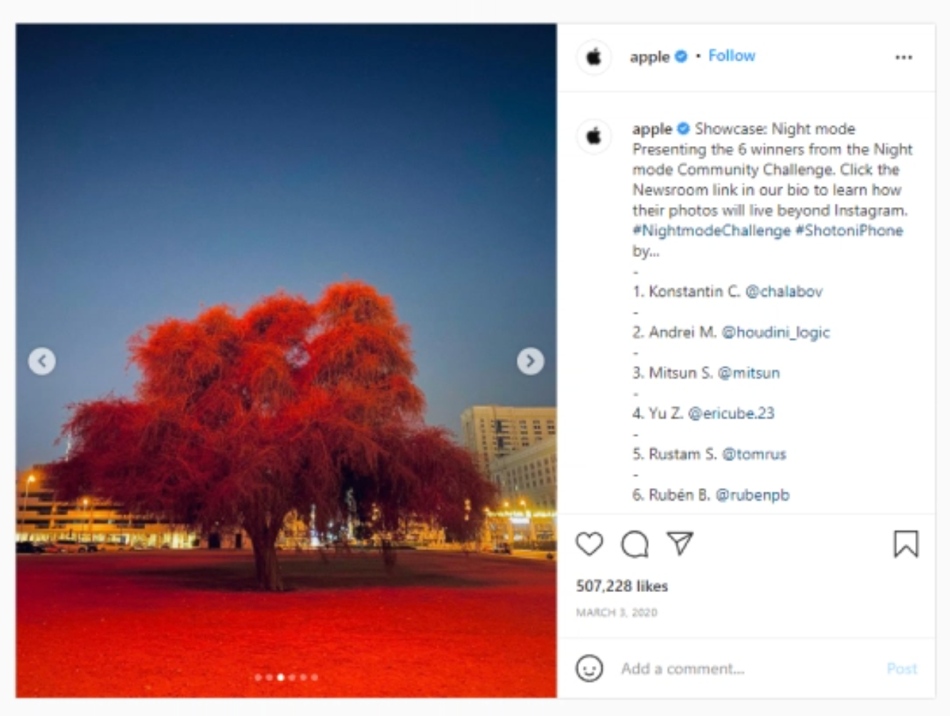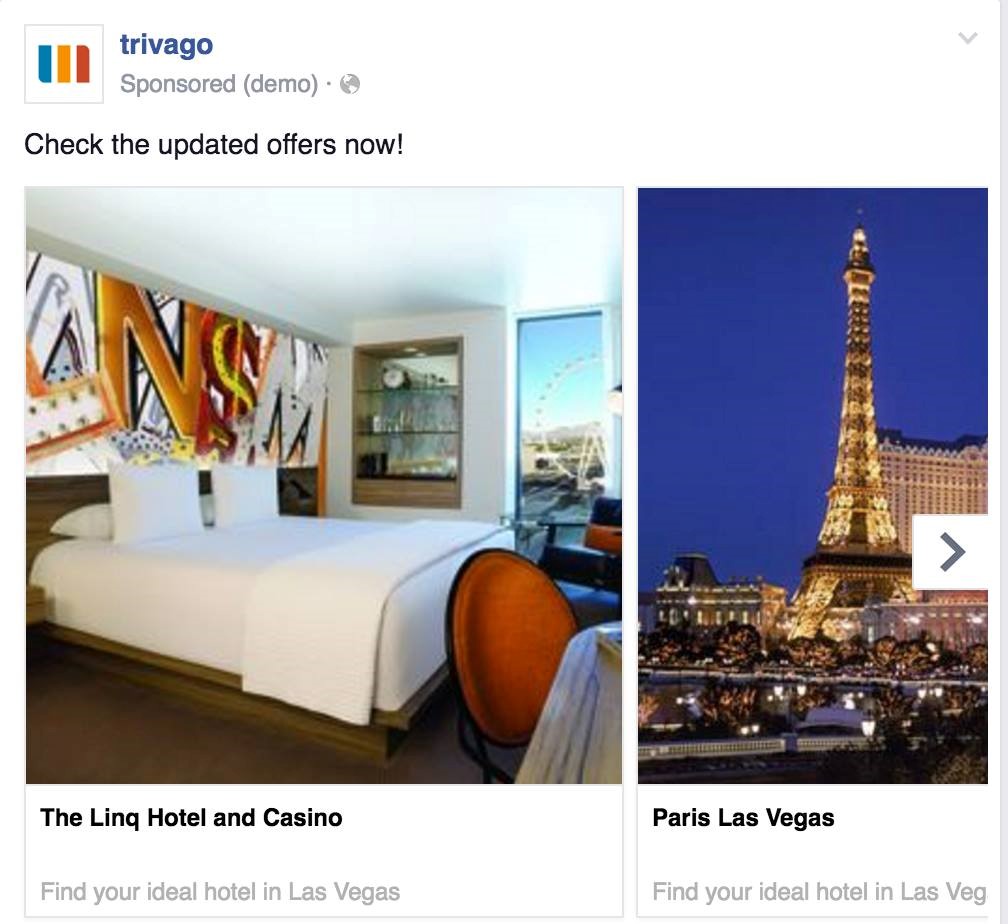Did you know that gaining a new customer can cost between five and seven times more than actually retaining an existing customer? It’s a significant number, and businesses are now looking for ways to retain old more than attract new. This is where customer loyalty comes in.
You want to be able to aim for brand loyalty as a business. Companies do this using a loyalty program. This increases your chances of upselling to existing customers and, eventually, getting these loyal customers to refer friends to your brand.
The role of social media in building and maintaining customer loyalty
Social media platforms offer an absolutely ideal environment for customers to share their experiences, express their satisfaction, and refer your business to friends. If you think about influencer marketing, the concept is based on loyalty – it’s all about influencers sharing their positive experience with a brand and encouraging friends and followers to try that brand out.
Suppose your business chooses to be actively engaged with customers on social media and maintains all its business profiles on those platforms. In that case, your brand reputation will improve, and people will start to endorse your company. Positive experiences, social proof, and customer testimonials, reviews, and recommendations all help build trust and solidify the end goal – customer loyalty.
How to Use Social Media to Build Customer Loyalty
Now that you know what role social media plays in building and maintaining customer loyalty let’s get down to how you can use social media platforms to build that loyalty. We’ll discuss useful and easy-to-implement tactics to help you create engaged and loyal customers online. Let’s start with understanding the benefits of customer loyalty for companies.
Step 1: Benefits of customer loyalty for businesses
Customer loyalty:
- Helps boost profits: Retaining existing customers is extremely valuable and beneficial. And it’s cheaper than attracting new customers – hence boosting your profits. Also, selling more to existing customers is easier than trying to gain the trust of a new customer. So, your profits increase quicker and with less resistance.
- Builds deep and profound relationships: With most industries being highly competitive today, building relationships between brand and customer is crucial to success. When you focus on boosting customer loyalty, your trust is established, and you’ll find it much easier and more pleasant to deal with customers and build long-lasting relationships with them.
- Drives reselling, upselling, and repeat business: When customers are comfortable with your brand, they will buy from you like it’s second nature. You will be the natural choice in your market of products and services if customers are loyal to you. This means the chances of repeat business are high – whether that is upselling or reselling.
- Creates brand ambassadors: The golden nugget for any brand is to convert customers into brand ambassadors or advocates. This is where customers essentially start selling your products or services for you. They don’t hesitate to recommend you to a friend or family member and buy from you consistently. This is the holy grail of business – customer loyalty can get you there.
Step 2: Choosing the Right Social Media Platforms
This step is vital to leveraging these social media channels to help boost customer engagement and loyalty. But not all social media platforms may be right for your business. You must select your desired social media channels based on your industry, offering, and target audience.
Where does your audience live? Which social media app do they open daily? You should focus your customer loyalty efforts on social media platforms that will most likely reach that audience. When you choose the right platforms that align with your customers and your loyalty program, you can drive long-term customer loyalty successfully.

Step 3: Creating a Compelling Social Media Presence
Now that your social media platforms are chosen and your business profiles are ready to go, it’s time to create a robust and compelling social media presence. With billions of people using social media platforms daily, it’s hard to imagine why not to be on it as a business. But the trick is to create a strategic, informational, and intriguing presence on social media.
Social media is a low-cost advertising medium, meaning your high-quality content can easily be shared with customers and prospects and promoted, too. But you must focus on creating inspirational and educational content for them – otherwise, they won’t engage. Social media campaigns contribute to your social media presence. You can create clever and useful social media campaigns by including the following elements in each campaign:
- A purpose: What is the point of this campaign? What are you trying to achieve by launching this campaign?
- A particular goal: What will you measure to ensure your campaign is successful? (For example, reach, shares, impressions, click-throughs or comments)
- A timeline: How long will this campaign last? Is there a deadline for your audience? (E.g., a competition deadline)
- A series of social content: How will you share the story with your audience over the duration of the campaign? You can repurpose existing content or write brand-new content that can be shared on social platforms, your blog, and your website.
Step 4: Building a Community and Fostering Engagement
The next step is to start building your community. This helps give everyone involved a sense of togetherness, and fosters increased engagement. Building a community for your brand is also one of the best tactics for creating long-term and loyal customers. This is because customers feel they can connect with like-minded people in the same space – related to your brand. They can share their experiences, give advice, and feel like they’re part of something much larger than just a buyer of a product or service.
A community provides an emotional connection for customers. This is why creating one can become so powerful. Below is an example of how Nike created a sense of community for their customers. It shows that the Nike+ community is successful on platforms like Instagram because it speaks to people passionate about sports and wanting to be part of a community.

Source: Instagram
Step 5: Providing Excellent Customer Service
A key starting point to building customer loyalty is by providing the most excellent customer service possible. This is because customers want to feel valued by a brand; they want to feel appreciated and know that they’ve chosen the right brand for that product or service. Exceptional customer service can help create a friendly and positive emotional connection between the business and the customer.
Let’s think about this as a scenario – when a customer has a query or a problem, they want to be acknowledged soon and want the query or issue resolved promptly and efficiently. Customers don’t have time to deal with problems and don’t want to be on the phone with a business for hours trying to resolve them. So, if the brand is quick and efficient with queries, the customer has a positive experience and is likelier to purchase from that brand again. This starts to create a strong sense of trust and loyalty over time – hence why customer service is an integral part of loyalty programs.
Step 6: Implementing Loyalty Programs and Exclusive Offers
Another key element of customer loyalty is, of course, using loyalty programs and offering exclusive offers to repeat clients. Loyalty programs are a great way of keeping customers engaged and encouraging them to stay with your brand as opposed to moving to others in the same industry. Loyalty programs are often managed using customer retention software.
Offering exclusive rewards or discounts makes customers feel like they’re part of your community. (Again – a sense of community – notice the theme?) The more people feel included, the more they will be inclined to strengthen their connection with your brand and refer your brand to friends and family. You want to make them feel as appreciated and heard as possible.
Step 7: Analyzing Data and Measuring Success
This step is about measuring and analyzing data to inform future customer loyalty campaigns.
Use loyalty programs to understand customers better – so that you can create a better offering for them, too. Remember, customer loyalty is a two-way street.
Tools like customer retention software can help you analyze each campaign, email, and SMS sent to customers. You can then use this data to help you understand which campaigns work, which CTAs (call-to-action) are effective, and which offers could be more effective. These measurements will help you mold future campaigns more appropriate for your customers.
Step 8: Advanced Tips and Tricks for Google Reviews
This step may sound odd, but it can be quite powerful for your brand. How?
By responding to reviews, you can help build customer loyalty and strengthen your overall brand reputation. Obviously, responses to positive reviews will be more likely to create customer loyalty than negative ones. But it’s also essential to respond to negative reviews. You must be responsive to both sides of the coin and try to win back customers in a highly competitive market.
When responding to Google reviews, you should always be friendly, courteous, and professional. Always thank customers for their feedback and address any and all concerns and queries that may have been raised.
Finally, you can use Google reviews to improve your overall business by completing the following process:
- Ask for customer feedback: Request for reviews from customers. Yes, these can come back as positive or negative, but you can learn from feedback to help improve the business overall.
- Analyze your reviews: Use customer retention software to collect and analyze your reviews. Go through them with a fine tooth comb and respond to all your reviews.
- Identify common issues or themes from reviews: Once you have all the feedback collated, note any common themes within these reviews. Make a list and create an action plan on the back of this.
- Improve the business based on this feedback: Implement your action plan over the next phase to create a better product, service, or customer experience.
Step 9: Share User-Generated Content
User-generated content is another powerful tool in your arsenal. It can help immensely increase customer loyalty and brand engagement – and in ways that traditional marketing channels and mediums can’t.
When customers can access a platform to share their brand experiences, they feel empowered and more invested in that brand’s success. This gives customers a sense of ownership, which can lead to higher engagement and loyalty over a longer period.
But how do you use UGC to increase engagement? Well, allow customers to participate in your brand’s campaign or story. For example, let customers share their experience with your brand on social media. Once other customers jump on the bandwagon, you’ll start to see a sense of community unfold. (Yes, community again! It’s vital to customer loyalty!)
Below is an example of a UGC campaign by Apple, encouraging users to showcase photos using the iPhone’s night mode.

Step 10: Use Dynamic Ads to Promote Brand Loyalty
Loyalty is built over time. This is something every brand must accept. The more customers use your product or service, the more value they’ll get from your brand and the more loyal they’ll become over time.
Tools like dynamic ads encourage people to return and buy from your brand by showing them products they may have seen online. You can set up your dynamic ads on social media platforms like Facebook and Instagram by connecting your profile with your product catalog on the Facebook platform. Once you set up the ad template, you can rely on Facebook to remarket products to your audience based on past behavior.
These ads are designed to impress the user and encourage them to buy that product, thereby starting the loyalty customer cycle. Here’s an example:

Step 11: Staying Up-to-Date with Social Media Trends
The last step on our list is about staying up to date with trends and ensuring that you are always on top of your branding game. It can get busy and difficult to keep up with, but you can always set some time out in your calendar to do some research on the latest digital marketing trends that contribute to customer loyalty.
This could be anything from using forums to creating a TikTok account. No matter what it is, make sure you do sufficient research before committing to anything new – just to be sure it has a high chance of resonating with your audience.
Conclusion
Are you feeling ready to take your loyalty program to the next level?
Gleantap takes customer communication campaign automation and measurement to the next level. With Gleantap, you can manage your contact list, create email and SMS campaigns, chat with customers across multiple channels, manage reviews and ratings, and more. The platform is designed to let your data drive future actions. It also automates as much activity as possible, saving you time and effort. Schedule a demo to see how Gleantap can help you easily build your customer loyalty program.
FAQs
1. How can social media help in building customer loyalty?
Social media helps keep customers in the loop. It’s also a great way of generating conversation with customers and creating a sense of community with them online.
2. How can I encourage customer engagement on social media?
Grow your following, engage your audience by being authentic, responding to followers and comments, proactively engaging with followers, crafting compelling social posts, using hashtags, and creating visually stunning content.
3. How can I use social media to reward and appreciate loyal customers?
You can feature their shared experiences and stories on your social platforms. Share their video testimonials on your social platforms (if they grant permission). You can also send them an exclusive offer to thank them for participating.


